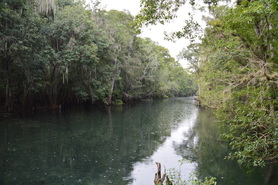
Out of all of the different aspects of nature in Florida, the springs are perhaps the best-known. There are dozens of large springs in northern Florida, some of which pump out millions of gallons of water per day. A lot of the biggest springs are the focal points of state parks, and a large amount of people find them suitable for various recreational uses, including swimming in the crystal clear waters or kayaking the outflow streams that flow away from the springs. Manatee Springs is one such example. This spring is a first-magnitude spring with an output of about 100 million gallons of water per day! While Manatee Springs are certainly the primary point of interest in Manatee Springs State Park, an extensive trail system also meanders through other portions of this large park, although unfortunately, on this day, I did not have the opportunity to check it out. This hike occurred on Sunday, July 31st, 2016. My plan was to visit Manatee Springs, before hiking the boardwalk along Manatee Springs Run to its mouth at the Suwannee River. I would return the same way.
Summary
R/T Length of Trail: 0.8 Miles
Duration of Hike: 0:30 Type of Hike: Out and Back Difficulty Rating: 1 out of 10 Total Elevation Gain: Minimal Pros: Great views of Manatee Springs Run and Suwannee River from several observation decks Cons: Enormous crowds around Manatee Springs Points of Interest: Manatee Springs; Views of Manatee Springs Run; Views of Suwannee River Trail Blaze Color(s): None Best Season(s) to Hike: Winter, when it is possible to spot manatees here Fees: There is a $6 fee for entry to Manatee Springs State Park, if your car has 2-8 passengers. For cars with just one passenger, the fee is $4. Beginning Point: Manatee Springs Parking Area Directions from Chiefland, FL: From the intersection of US Route 98 and Florida State Route 320, follow FL Route 320 West for 5.7 miles until you reach the entrance to Manatee Springs State Park. Pay your fee and continue into the park. Follow the road for another 1.3 miles until it dead ends in the large parking area at Manatee Springs. MapDetails
Being in the middle of a lengthy drive from the Sarasota area to the Florida Panhandle, I chose Manatee Springs State Park as a place to take a quick sightseeing stop. I would have to loved to explore the park's many miles of trails, but unfortunately, my time was limited, so I only got to see the park's namesake spring, in addition to walking down the nature trail/boardwalk along the Manatee Springs Run and to the Suwannee River. It was the first time that I had actually seen a large spring in Florida, though, which is surprising, considering that springs are Florida's biggest natural jewels. Maybe it is just because most springs in Florida are located in an area of Florida that I rarely visit or pass through.
To see the springs, follow the path from the parking area past concession stand. The path arrives at Manatee Springs at 0.15 miles. On this summer day, there was at least several dozen people milling around the springs or in the waters. The crystal clear blue waters of the springs are a sight to behold. Manatee Spring is one of 33 first-magnitude springs in Florida (the criteria for a first-magnitude spring is that it discharegs at least 65 million gallons of water per day). Manatee Springs discharges about 100 million gallons of water per day on average, The depth of the pool is 25 feet. The temperature of the water in the pool at the springs stays at 72 degrees year-round. For this reason, manatees are frequently seen around the spring during winter. Manatees cannot endure cold water for extended periods of time, so they are forced to swim upstream along the Suwannee River in search of warmer water, such as at this spring. Continue slightly farther on the path to the back of the spring, where there is a different perspective of the cypress-lined pool. From here, the North Trail continues straight and connects to the park's main trail system, but this is a good turnaround point. However, don't return to your car just yet. Instead, continue downstream along the spring run to the canoe launch. This is where the boardwalk to the Suwannee River begins. Begin walking down the boardwalk, which enters a beautiful cypress swamp that borders the sparkling waters of Manatee Springs Run. As I had pulled into the parking area, I heard some thunder, and now, just as I began walking the boardwalk, it started to rain, making for some interesting pictures of the spring run. The first observation deck is to the right at 0.35 miles. it provides a great view of Manatee Springs Run, with the swimming area at the spring visible upstream and the mouth of the run visible downstream. Despite its short length, Manatee Springs Run may be one of the most beautiful waterways that I have seen in Florida. Continue down the boardwalk and note the large cypress trees shooting up on all sides. Without such a great boardwalk, it would have been difficult to truly see the beauty of this cypress swamp. At 0.4 miles, arrive at the second observation deck. This observation deck is closer to the mouth of the run, and you can see the Suwannee River from here. While I was shooting pictures of the run, I noticed a pair of logs that were clearly visible at the bottom of the rather deep run. This showed just how clear the water is, unlike the black water in most of Florida's streams and rivers. From the second observation deck, the boardwalk continues to the edge of the cypress swamp and to a sheltered observation deck on the Suwannee River at 0.5 miles. The river is very wide here - I am always amazed at just how much grander many of Florida's rivers are as compared to mountain rivers. To the right, you can now see the mouth of the Manatee Springs Run, which appears small in comparison. As I was reading the interpretive signs at the observation deck, I learned that gulf sturgeons can be seen during warmer months leaping out if the Suwannee River's waters. Being not very well-educated in terms of the different types of fish, I learned something that I still find hard to believe: the gulf sturgeon's length is 8-9 feet and it can weigh up to 300 pounds! Can you imagine that? From the observation area at the Suwannee River, retrace your steps back to the parking area, reaching it at 0.8 miles. I highly recommend doing this short hike, if you're passing through this area. Additionally, I am sure that Manatee Springs State Park would be a worthy day hiking destination, due to its extensive trail system. A trail map is shown below for those who are interested in a longer hike. Mileage
0.0 - Manatee Springs Parking
0.15 - Manatee Springs 0.35 - Manatee Springs Run Observation Area 1 0.4 - Manatee Springs Run Observation Area 2 0.5 - Suwannee River Observation Area 0.8 - Manatee Springs Parking Variations
There are many ways to do a bigger hike in Manatee Springs State Park, from simply adding on the Sink Trail to hiking the North Trail out to the longer trails in the park's northern section. See the trail map above for more information.
Bonus Stops
Fanning Springs is another first-magnitude spring in the area, and it is also very easily accessed from US 98 north of Chiefland. It is important to note that the spring has experienced lower water output levels, so it is technically no longer a first-magnitude spring.
PicturesVideos
0 Comments
Leave a Reply. |
About MeMark Oleg Ozboyd Dear readers: I have invested a tremendous amount of time and effort in this website and the Georgia Waterfalls Database the past five years. All of the work that has gone in keeping these websites updated with my latest trip reports has almost been like a full-time job. This has not allowed me to pick up a paid job to save up money for college, and therefore, I I've had to take out loans. If you find the information on this website interesting, helpful, or time-saving, you can say "thanks" and help me out by clicking the button above and making a contribution. I will be very grateful for any amount of support you give, as all of it will apply toward my college tuition. Thank you!
Coming in 2022-2023?
Other Hiking WebsitesMiles HikedYear 1: 540.0 Miles
Year 2: 552.3 Miles Year 3: 518.4 Miles Year 4: 482.4 Miles Year 5: 259.9 Miles Archives
March 2021
Categories
All
|
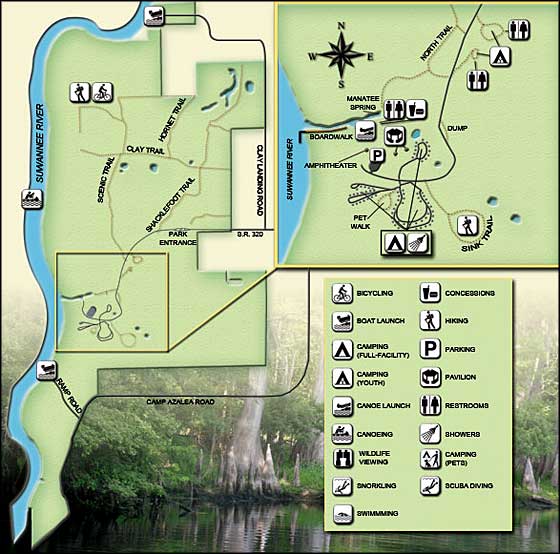
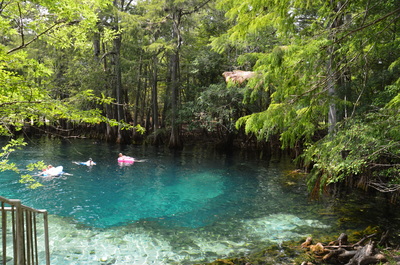
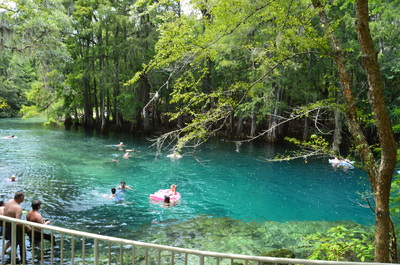
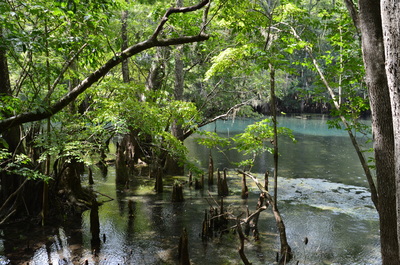
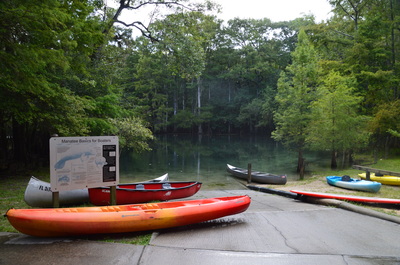
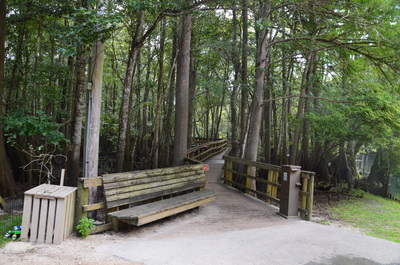
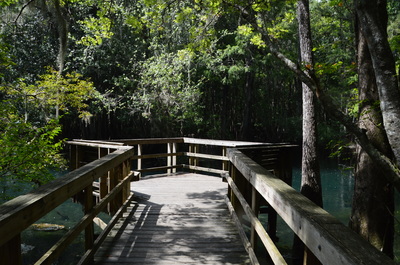
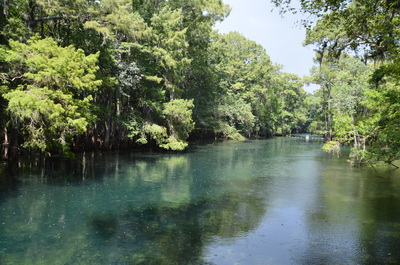
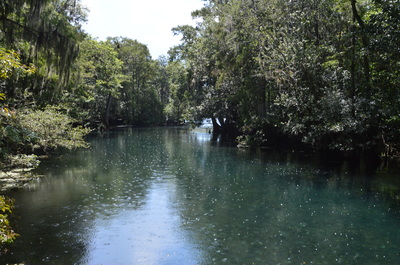
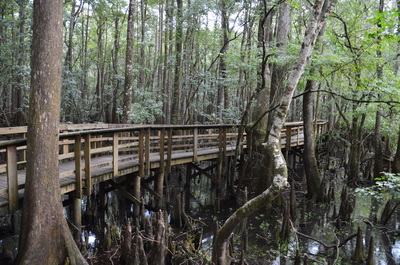
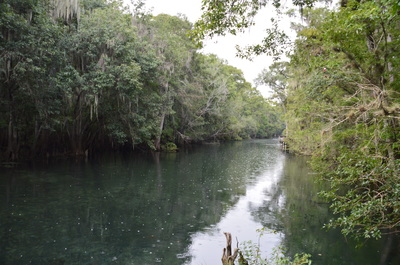
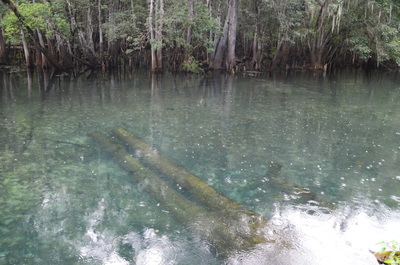
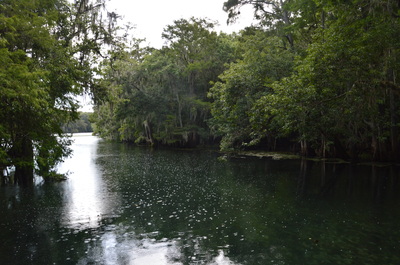
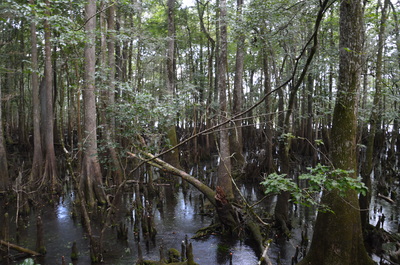
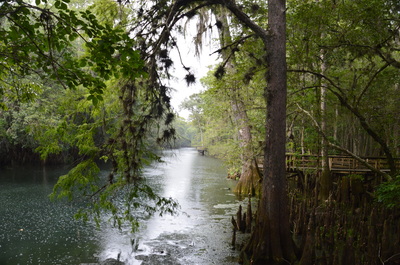
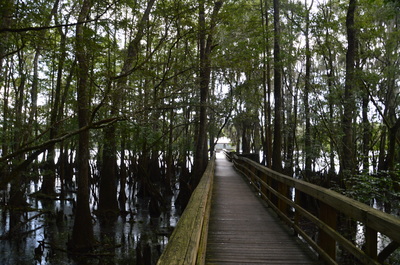
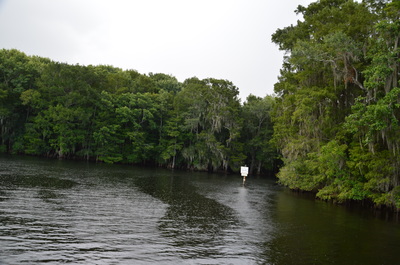
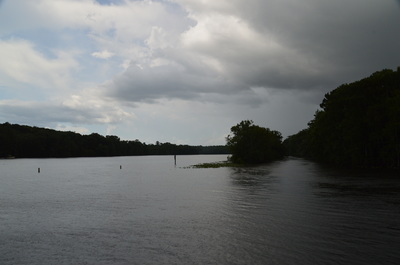
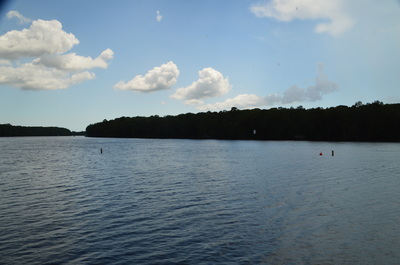
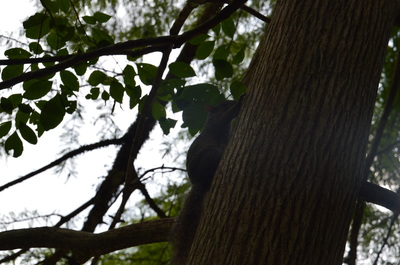

 RSS Feed
RSS Feed